YOU SHOULD SUBSCRIBE TO CLIMATE CHANGE WEEKLY.
IN THIS ISSUE:
- Slavery and Child Labor at the Core of Elites’ Green Energy Obsession
- Podcast of the Week: Climate Science Reality Check: Getting True Climate Science Recognized in Canada (Guest: Ron Davison)
- Reuters’ Long-time Science/Climate Reporter Backtracks on Climate Alarm
- Moss History Shows Glacial Decline in Antarctica Not Historically Unusual
- Video of the Week: Lauren Boebert on Climate and Politics at Heartland’s Climate Conference in 2023
- BONUS Video of the Week: Ian Plimer, a Geologist’s View of Climate Change at Heartland’s Climate Conference in 2023
- Climate Comedy
- Recommended Sites
Miss Anything at Heartland’s Climate Conference? No Problem.
Slavery and Child Labor at the Core of Elites’ Green Energy Obsession
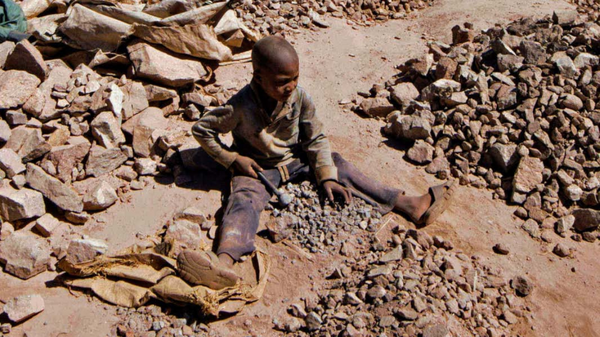
The much touted green energy economy and the net zero goals it aims to obtain are built upon a dirty little secret: slavery, child labor, and environmental destruction. In this essay, I’ll only be discussing the first two.
I was a presenter at the 15th International Conference on Climate Change, on a panel titled “Green Energy And Exploitation.” My presentation pointed out that a large percentage of the rare earths and critical minerals required for modern electronics, in general, and green energy technologies, in particular, are produced and/or refined in countries where—if labor and environmental standards exist at all (and are enforced if they do)—the standards are far short of what is required in developed countries.
The mining, refining, manufacturing, and transportation of the huge amounts of rare earths and critical minerals is a dirty business. Yet, they are vital to the magnets used in wind turbines, the cables, and stations used to transform the electricity produced by turbines and solar panels, and transmit it to its final destination, and the battery back-up needed to maintain electric power supply and reliability from those intermittent sources.
The International Energy Agency notes that offshore wind requires more scarce minerals, rare earth elements, and other critical metals per kilowatt hour of energy produced than any other source of electric power generation, renewable and non-renewable alike. Onshore wind and solar are the next most critical-mineral-intensive sources.
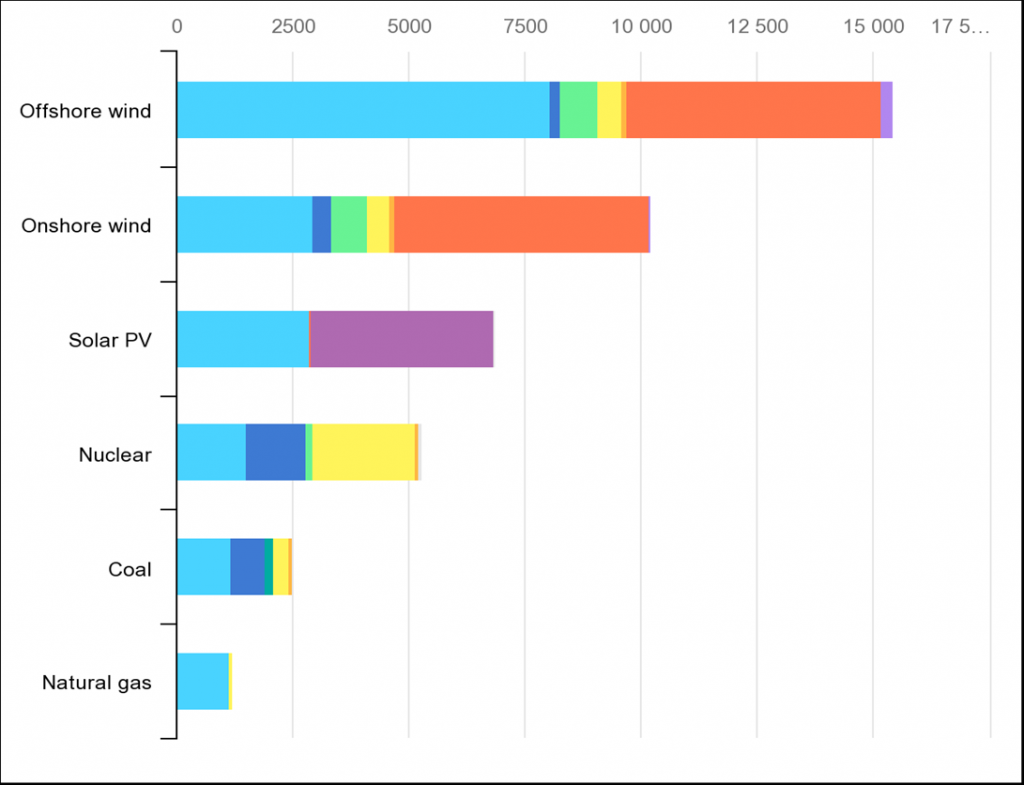
The vast majority of these critical minerals and elements are mined abroad, and almost all the refining of them is done by China alone.
A single on-shore wind turbine requires up to three metric tons of copper and magnets. Much larger offshore wind turbines require even more copper and magnets composed of rare earth elements. Thousands of pounds of ore must be mined to produce a single pound of rare earths, much less the combination of rare earths required for the magnets used in wind turbines. That’s not to mention the metals and sheathing for the cables and transformers. In addition, between 200,000 and 1,500,000 pounds of earth must be mined and moved to produce the lithium, cobalt, copper, nickel, and other metals and trace elements necessary to produce a battery pack for a single electric vehicle. Thus, billions of tons will have to be mined and refined to produce the thousands of batteries that will compose the large-scale battery facilities providing backup power when wind and solar facilities are offline.
The conditions under which many of these minerals are produced, from mine to finished product, are appalling. For example, cobalt is a necessary component of the green energy technologies Biden is pushing on an expedited time-scale. The Democratic Republic of Congo (DRC) is largest producer of the cobalt in the world, by far. A large percentage of the cobalt is mined under appalling working conditions at small mines. Child labor is not the exception but the norm there.
Which brings us to China. China is the largest single provider of most of the critical minerals and rare earths used around the globe, and is almost the only refiner of such products—which means minerals and rare earths mined elsewhere, often with Chinese funding, are shipped to China for processing into usable materials. Much of the mining and refining of materials in China is produced by forced or slave labor, often of persecuted religious minorities, like Falun Gong followers and Uighurs.
Because, on these points, every single picture does tell a thousand words of misery, and I had dozens of photographs to choose from that I can’t display here, I invite my readers to view the my slide show online.
To be clear, those pushing Net Zero goals, like Democrats in Congress, green energy elites profiting from government support in the form of mandates and subsidies, and the Biden administration, know child- and slave-labor are used to produce the minerals their green technologies demand. They claim to care about it, but their actions belie their words.
The U.S. State Department has acknowledged child labor is rife in the production of cobalt in the Democratic Republic of the Congo (DRC). The State Department claims it has a memorandum of understanding with the DRC to reduce the practice of child labor, but that agreement doesn’t have the force of law. The United States wants the cobalt and other minerals produced in the DRC, and nearby regions where child labor is also a problem, in large quantities—Now! Indeed, the Biden administration is leaning more on Africa to counter China’s control over U.S. energy. As such, there is little doubt child labor will continue to be part of the foundation of the growing demand for the wind turbines, solar panels, and battery packs. Increasing the demand for cobalt will increase pressure on cobalt mines to produce more, meaning either more children will be put to work, or existing child laborers will be forced to work harder under dangerous conditions.
Concerning China, once again the Biden administration acknowledged the problem of slave labor, having signed the Uighur Forced Labor Prevention Act in 2021. Still, the reality of today’s supply chain, combined with insufficient intelligence on the ground to track forced-labor manufacturing, and less still the raw materials, makes it almost a certainty the green energy transition—the massive build-out being pushed by the Biden administration—will be built with minerals, rare earth elements, and parts using Chinese slave labor.
One of my co-panelists, Vijay Jayaraj of the CO2 Coalition, discussed the flip side of this problem, recently: the developed world’s attempt to suppress the development and use of fossil fuels in developing countries.
A prominent form of modern slavery is climate imperialism, or eco-colonialism, wherein restrictive energy policies conceived and promoted by politicians in Western economies are forced on some of the world’s poorest. Though branded as environmentally friendly, these outlandish policies deny economic growth to those who most need it in Africa’s poorest countries.
According to the World Bank, in 2019, over 41% of the population in sub-Saharan Africa lived in extreme poverty. Poor households in Africa often lack access to necessities such as clean water, electricity, cooking fuel and health care. The region’s weak economy coupled with poor infrastructure impedes access to education and job opportunities, further exacerbating poverty.
The West’s war on fossil fuels, which is being promoted with draconian polices in developing countries, adds to the obstacles of overcoming this deprivation.
In economic terms, Western climate and energy demands and restrictions are imposing severe negative externalities on developing countries. In moral, terms, the West’s climate obsession is immorally condemning present generations of impoverished peoples and nations to continued penury and early death, to help much wealthier present and future generations of people in developed countries avoid the cost and inconvenience of adapting to future climate conditions.
Sources: Daily Caller; International Energy Agency
Podcast of the Week
Join us on Environment & Climate News as we explore the latest insights on climate policies and the use of flawed climate models in shaping them. Today’s podcast features Ron Davison of Friends of Science who discusses the importance of balancing climate change discussions with real data and the need for policies that make people wealthier to better adapt to inevitable occurrences of extreme weather events.
Subscribe to the Environment & Climate News podcast on Apple Podcasts, iHeart, Spotify or wherever you get your podcasts. And be sure to leave a positive review!
Get your Copy at Amazon TODAY!
Reuters’ Long-time Science/Climate Reporter Backtracks on Climate Alarm

Long-time journalist Neil Winton, who reported for Reuters for 32 years, including as global Science and Technology Correspondent, recently revealed in a post on his own website, Winton’s World, that was reposted at The Daily Sceptic, that he has gone from being a true believer in disastrous human-caused climate change to not even being sure that the science is settled that human caused CO2 emissions are driving climate change.
Winton writes:
The BBC and the mainstream media regularly frighten everyone with the latest climate disaster news—with pictures of floods, fires and hurricanes, always followed by scary predictions that things will only get worse unless mankind mends its irresponsible ways.
My alma mater Reuters, the global news agency, used to be above all this hysteria and would relentlessly apply its traditional standards of fairness and balance, but even this mainstream outfit seems to have sold out to the hysterics and axe grinders.
The trouble is, many if not all of these disaster stories, far from being another step in a worsening scenario, are often nothing of the kind.
Winton notes that books, like those from physicist Steve Koonin, Ph.D., and political scientist Bjorn Lomborg, Ph.D., provide copious amounts of evidence to show that extreme weather events are not worsening or being otherwise affected by climate change, and that wealth and technology will deal with future climate challenges, unless the government screws adaptation up by imposing plans that “squander massive amounts of taxpayers’ money and achieve very little in terms of stopping rising global temperature.”
Winton reveals that when he first became Reuters global Science and Technology Correspondent in the mid-1990s, “the global warming story was top of my agenda” and based his understanding of the issue up to that time, he largely accepted claims that a human-caused climate disaster was in the offing as a fact. After all that’s what his fellow journalists told him. However, once he began to research and report on the issues himself for Reuters, he came to understand that narrative was false. When talking with many of the world’s leading climate researchers he found:
To my amazement, none of these would say categorically that the link between CO2 and global warming, now known as climate change, was a proven scientific fact. Some said human production of CO2 was a probable cause, others that it might make some contribution; some said CO2 had no role at all. Everybody agreed that the climate had warmed over the last 10,000 years as the ice age retreated, but most weren’t really sure why. The sun’s radiation, which changes over time, was a favoured culprit.
Fast forward 20 years and firm proof CO2 [i]s warming the climate still hasn’t been established, … [outside of computer models].
Winton writes that at least part of the reason the mainstream media, including in recent years Reuters, have tended to take a “climate change is causing everything bad approach” (my summary, not a quote from Winton) is because they support and are seemingly taking their climate-change reporting marching orders from Covering Climate Now (CCN), a coalition of more than 350 organizations, which claims to be an unbiased seeker of truth on climate. Among the other organizations that support CCN are Bloomberg, Agence France-Presse, CBS News, and ABC News. Rather than pursuing knowledge about climate change, it is a prime promoter of the climate crisis narrative, evidence be damned.
“CCN advises journalists to routinely add to stories about bad weather and flooding to suggest climate change is making these events more intense,” writes Winton. “This is not an established fact, as a simple routine check would show.
“[CCN] has a partisan agenda and encourages reporters to dismiss those with contrary opinions as ‘deniers,’” said Winton. “The idea of a ‘climate crisis’ is not widely accepted, … [and] the idea climate change threatens the health, safety, and economic well-being of people worldwide is an assertion, not a fact.”
According to Winton, Reuters’ participation in the CCN coalition directly contradicts three of its 10 Hallmarks of Reuters Journalism–Hold Accuracy Sacrosanct, Seek Fair Comment, and Strive For Balance and Freedom From Bias–which is disturbing not just for journalistic reasons, but also because the climate change debate is not an academic exercise but rather a political effort to:
[D]ismantle[e] our way of life, ordering us to comply because it’s all for the future and our children. If we are going to give up our civilization, at the very least we ought to have an open debate. Journalists need to stand up and be counted. The trouble is that requires bravery and energy, and an urge to question conventional wisdom.
Source: The Daily Sceptic
Moss History Shows Glacial Decline in Antarctica Not Historically Unusual
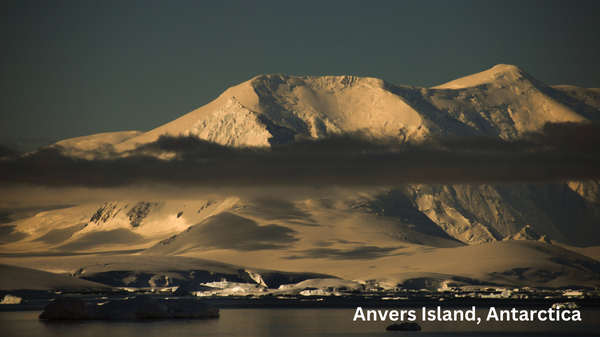
New research published in the journal Geology indicates glacial expansion and decline have been common throughout Antarctica’s history during the interglacial cycle we are currently in.
A team of researchers from universities and research institutes in Hawaii, Pennsylvania, and Wyoming, and in China, examined the remains of dead mosses in Antarctica to determine the continent’s recent glacial history. Mosses are one of the few types of plants in Antarctica. When glaciers advance, they can cover moss, preventing light and heat from reaching them.
The researchers examined dead black moss recently uncovered at the edge of retreating glaciers. The moss was covered and left behind during previous glacial expansions. Using radiocarbon dating, they determined when expansion killed a moss or moss colonies, providing a “kill date,” which serves to provide a history of glacial expansion and decline.
Their research indicates that glaciers advanced during three distinct phases in the northern Antarctic Peninsula over the past 1,500 years.
“What’s so valuable about these kill dates compared to other records [such as the ages of glacial erratics or penguin remains] is their accuracy,” said Dulcinea V. Groff, of the Department of Geology & Geophysics at the University of Wyoming, the lead author of the study.
“This study is important because it allows for a better understanding of climate history and the timing of glacier advance and retreat in the past by the novel application of precisely dating entombed mosses,” said Michael Jackson of the Office of Polar Programs at the National Science Foundation (NSF) in a press statement, on February 28. The NSF provided funding to support the research.
The research suggests that in Antarctica’s recent history there have been both cooler and warmer periods than at present. And periods when there was more moisture, too.
In one location, Anvers Island, the scientists determined that the last time the glacier was at its 2019 position was about 850 years ago.
“We found that the glacier front with the fastest advance also had the fastest retreat, suggesting that hotspots of rapid coastal glacier dynamics occur in the Antarctic Peninsula,” Groff said in the NSF’s press release.
Sources: National Science Foundation; Geology
Heartland’s Must-read Climate Sites
Lauren Boebert on Climate and Politics at Heartland’s Climate Conference in 2023
U.S. Rep. Lauren Boebert (R-CO) spoke at The Heartland Institute’s 15th International Conference on Climate Change (ICCC15) on Feb. 25, 2023. She discussed how she and fellow conservatives fought for reforms in the House Rules, and how she is fighting against the radical climate agenda of the Biden administration and Democrats in Congress.
To see all the presentations, visit the climate conference site.
Ian Plimer, a Geologist’s View of Climate Change at Heartland’s Climate Conference in 2023
Ian Plimer, Ph.D., a geologist and emeritus professor at the University of Melbourne, delivers a presentation titled “The Past is the Key to the Present.” He starts by noting that “you will not find any people in my profession who would claim that humans can change a major planetary system.” Then he goes through the fundamentals of the causes of climate change that you can see from the history of the planet. In the end, Dr. Plimer shows that planetary cycles going back to the end of the Pleistocene glaciation nearly 15,000 years ago show that we are due for another long-term cooling trend, not global warming
To see all the presentations, visit the climate conference site.


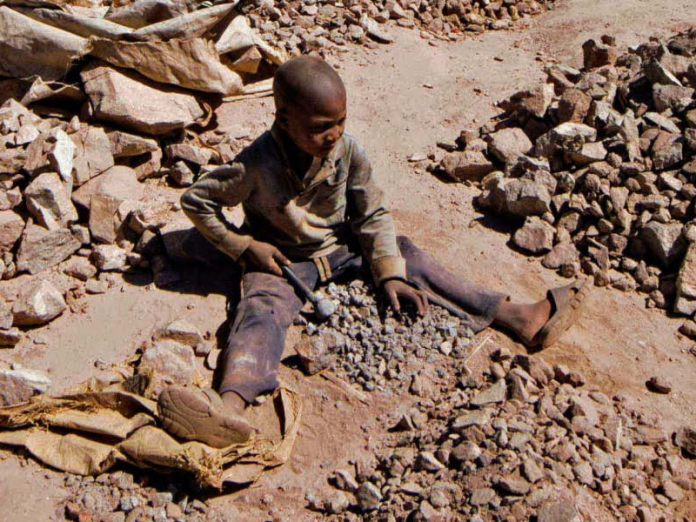

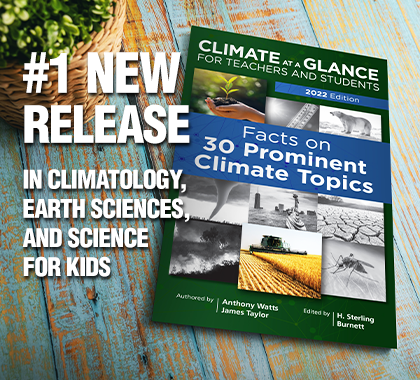


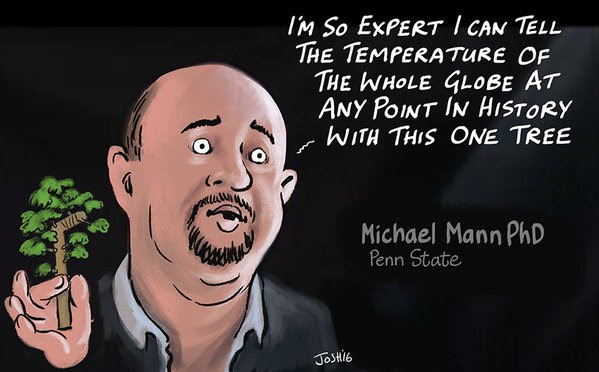
























[…] Posted on March 10, 2023 Climate Change Weekly #464: Slavery and Child Labor at the Core of Elites’ Green Energy Obsession […]
[…] Link: https://heartlanddailynews.com/2023/03/climate-change-weekly-464-slavery-and-child-labor-at-the-core… […]
[…] Link: https://heartlanddailynews.com/2023/03/climate-change-weekly-464-slavery-and-child-labor-at-the-core… […]